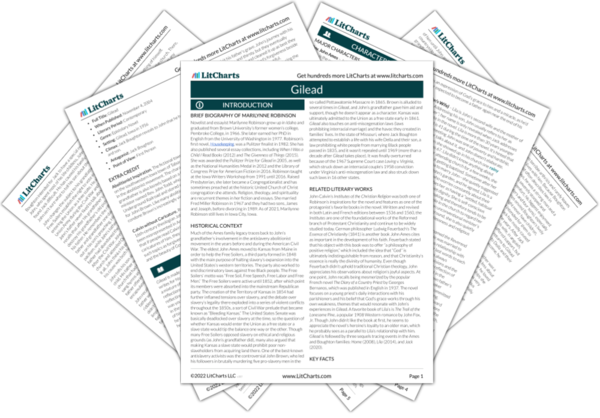The abolitionists ended up undermining their own town with the massive tunnel. There’s almost no memory of it today, as in fact most people probably don’t remember the hardships of those days. But John regards it as fitting that people would picnic over the town’s remains—another example of how he sees life, death, and beauty existing side by side.
